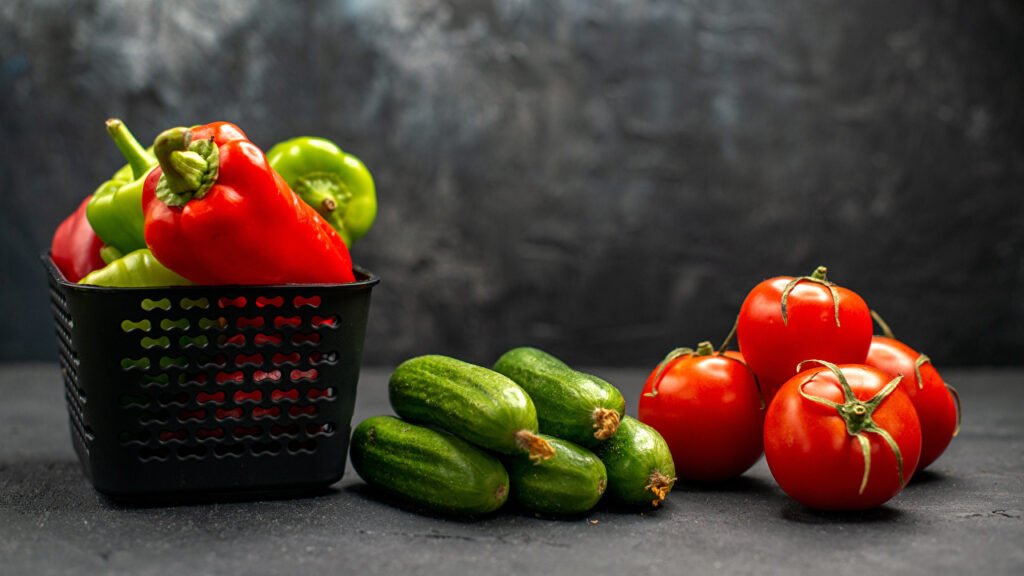The complex story of Fruit
Fruit, it's complicated
Fruit is only available in the wild during the final stage of its growth cycle, when it ripens. All animals understand the code used by plants. Green usually means it’s not ready, while a pretty color signals that it’s time to eat. Why does this happen? The mother plant has evolved to produce toxins in the immature fruit, which gives the fruit time to fully ripen. Ripe fruit is ready to reproduce and continue plant life. Any animal that eats unripe fruit and becomes very sick will learn to stay away. These toxins are eliminated once the fruit is ripe and ready to be eaten. It’s nature’s genius in action!
So, Dr. Dan, is fruit natural and healthy to eat? Sort of. Our ancestors discovered that, in addition to tasting delicious, fruit fattened them up to survive the lean season that followed the annual bounty. This likely selected for those of us who desire fruit, which is responsible for the modern-day “sweet tooth” we all have. Fructose is still toxic, and it’s possible to eat too much fruit, but this isn’t really the main problem. Nature made sure we never had too much fruit. Fruit was only available once a year, and honey, which is also fructose, was mostly inaccessible.
Enter modern-day global agribusiness. Now, we have year-round access to fruits of all types from all over the globe. Often, the fruit is picked before it’s ripe, and then various methods are used to artificially “ripen” it. Chemicals like calcium carbide and ethylene gas change the color of the fruit to make it look ripe. The key is that it looks ripe but is not actually ripe. Unripe fruit is firmer and survives shipping better. Artificial ripening creates a uniform color, making the fruit look better. However, be careful because the final stages of detoxification were not completed by the plant, so these fruits may still contain plant toxins even though they look good. They also have chemical residues. Even worse, our bodies are not designed to eat fruit year-round. After fattening up for winter, we are supposed to lean out by spring/summer. This natural yearly cycle is not trivial.

Next up are the sneaky fruits that disguise themselves as vegetables. Most folks know a tomato is really a fruit, but how about cucumber, bell peppers, eggplant? Anything with seeds is a fruit. The skin and seeds of the fruits are especially inflammatory with a few notable exceptions such as pomegranate seeds. If you insist on eating tomatoes, blanch and peel the skin, scoop out the seeds. Same goes for chili peppers. When starting the elimination period it is best to avoid fruit completely and then slowly try them out one at a time after your intestinal wall is healed with a healthy microbiome population.
Fruit can be a healthy addition to your food plan if you stick to the rules. First, avocado is the one fruit that is great to eat daily all year round. It is high in good fats, fiber and low in sugar. Enjoy. Next, green bananas, green mango and green papaya are also good sources of fiber and low in sugar. Once ripe they are sugar overload. Then we have plant-ripened fruits in season. The “in season” part is the most important. These fruits are ideal if locally grown, organic, and definitely allowed to ripen on the plant. It’s still best to limit to one serving a day during the season as all sweetened things, including fruit, are designed to fatten you up! When the season is over and the local fruit is no longer available, just stop. Don’t be tempted to keep going at the grocery store. That product that looks like and is labeled as fruit is not the same. If you are in a weight losing mode, then skip the fruit altogether as it is not needed for good nutrition. Broccoli, brussels sprouts, and cauliflower are good vegetable sources of vitamin C. Fruit makes us fat!
